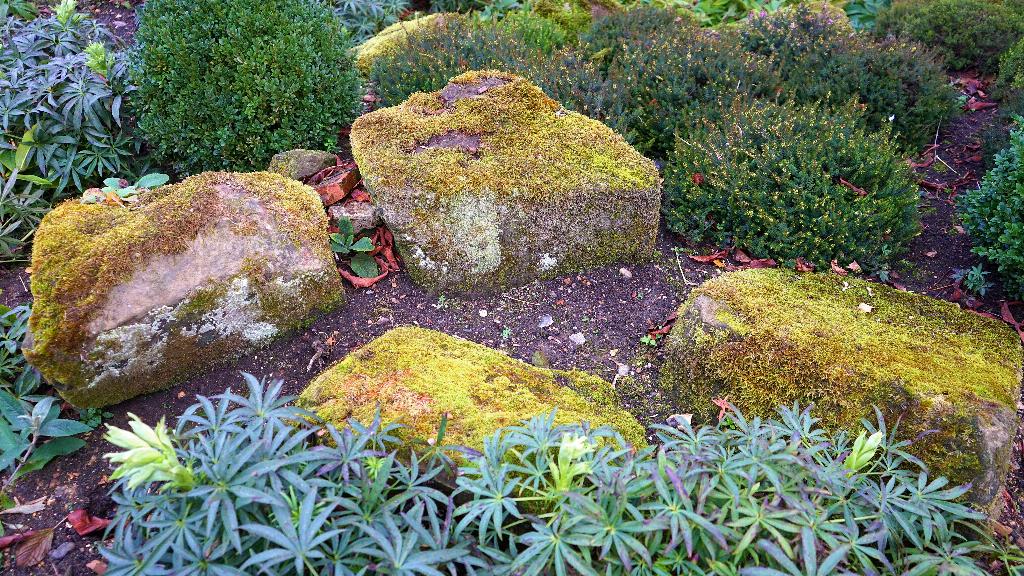When it comes to maintaining the health and appearance of your evergreen shrubs, proper pruning is key. As mentioned in the facts provided, it is important to prune all evergreens, except pine, before new growth begins in the spring or during the semidormant period in mid-summer. This timing is crucial to ensure the shrub’s growth and vitality.
As you approach the pruning process, it is essential to follow the general branching pattern of the shrub. This means cutting back branches in a way that maintains the natural shape of the plant. By doing so, you not only improve the aesthetic appeal of the shrub but also promote healthy growth patterns.
While pruning, be sure to keep an eye out for any dead, diseased, or broken branches. These branches should be promptly removed to prevent the spread of disease and allow the shrub to redirect its energy towards healthy growth. Regularly inspecting your evergreen shrubs for such issues is a good practice to ensure their overall well-being.
One important aspect to consider when trimming evergreen shrubs is the tools you use. Make sure your pruning shears are sharp and clean to make precise cuts without damaging the plant. Cleaning your tools with a mixture of water and mild soap after each use can help prevent the spread of diseases among your shrubs.
It is recommended to start pruning from the bottom of the shrub and work your way up. This method ensures an even distribution of light and promotes healthy growth throughout the entire plant. Pay attention to the natural shape of the shrub and make cuts accordingly to maintain its overall appearance.
When trimming evergreen shrubs, avoid removing more than one-third of the plant’s total growth at once. Overpruning can stress the shrub and hinder its ability to recover. Instead, opt for regular, lighter pruning sessions to keep the shrub in optimal health and shape throughout the year.
After completing the pruning process, consider applying a layer of mulch around the base of the shrub to help retain moisture and regulate soil temperature. Mulching also aids in weed control and provides additional nutrients to the shrub as it decomposes over time.
During the growing season, monitor your evergreen shrubs for any signs of overgrowth or excessive branching. If you notice any areas that need attention, trim them back promptly to prevent overcrowding and promote better air circulation within the shrub.
When trimming evergreen shrubs, pay attention to any new shoots or growth occurring near the base of the plant. These growths may be signs of the shrub’s natural regeneration process and can be pruned back to encourage healthier growth patterns in the future.
Remember that each evergreen shrub variety may have specific pruning requirements based on its growth habit and shape. It is essential to research the specific needs of your shrub and tailor your pruning techniques accordingly to ensure its long-term health and vitality.
By following these guidelines and staying attentive to the needs of your evergreen shrubs, you can effectively trim and maintain them throughout the year. Proper pruning not only enhances the appearance of your shrubs but also promotes their overall growth and resilience against potential diseases and pests.
With a little care and attention, your evergreen shrubs can thrive and beautify your outdoor space for years to come. Happy pruning!

